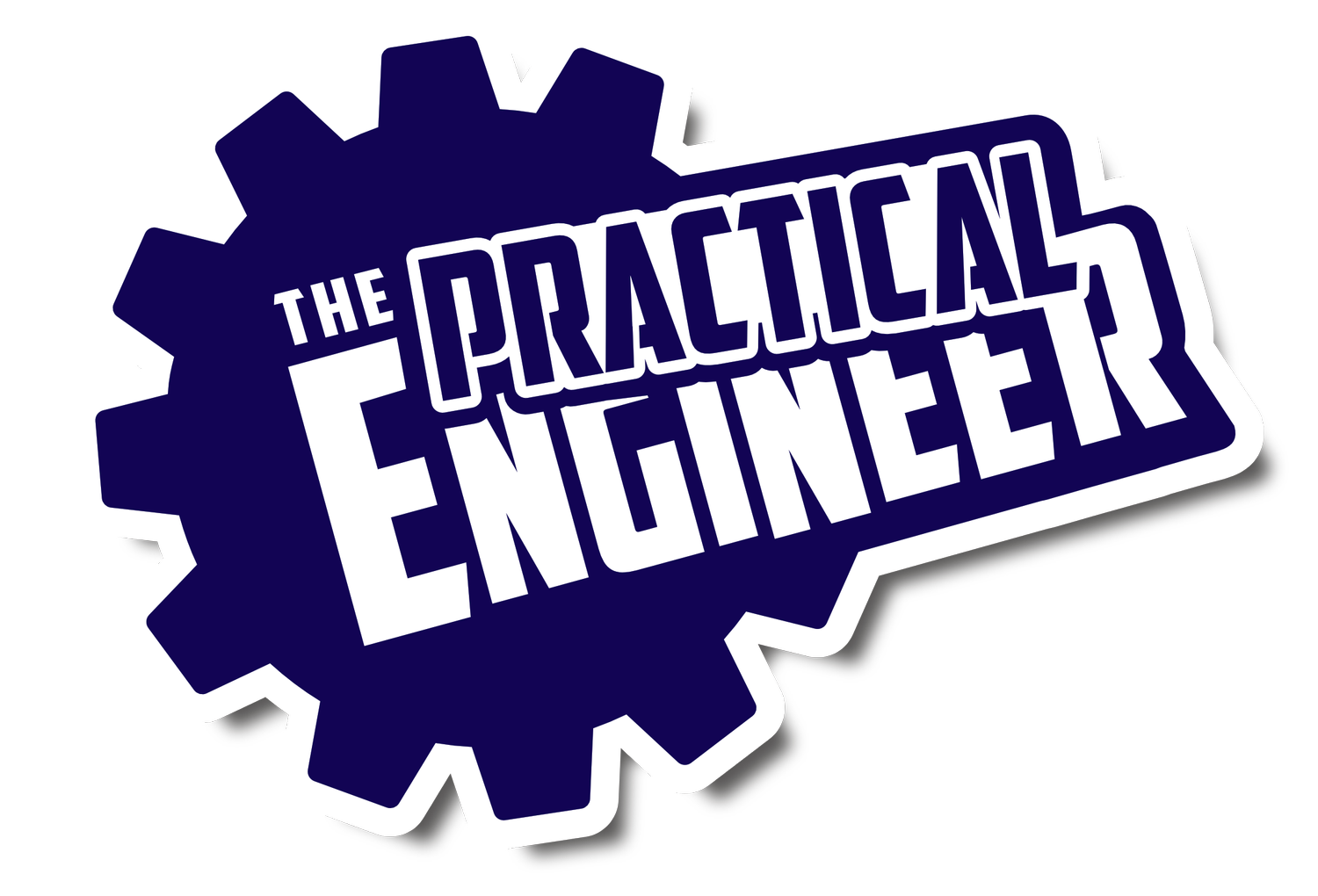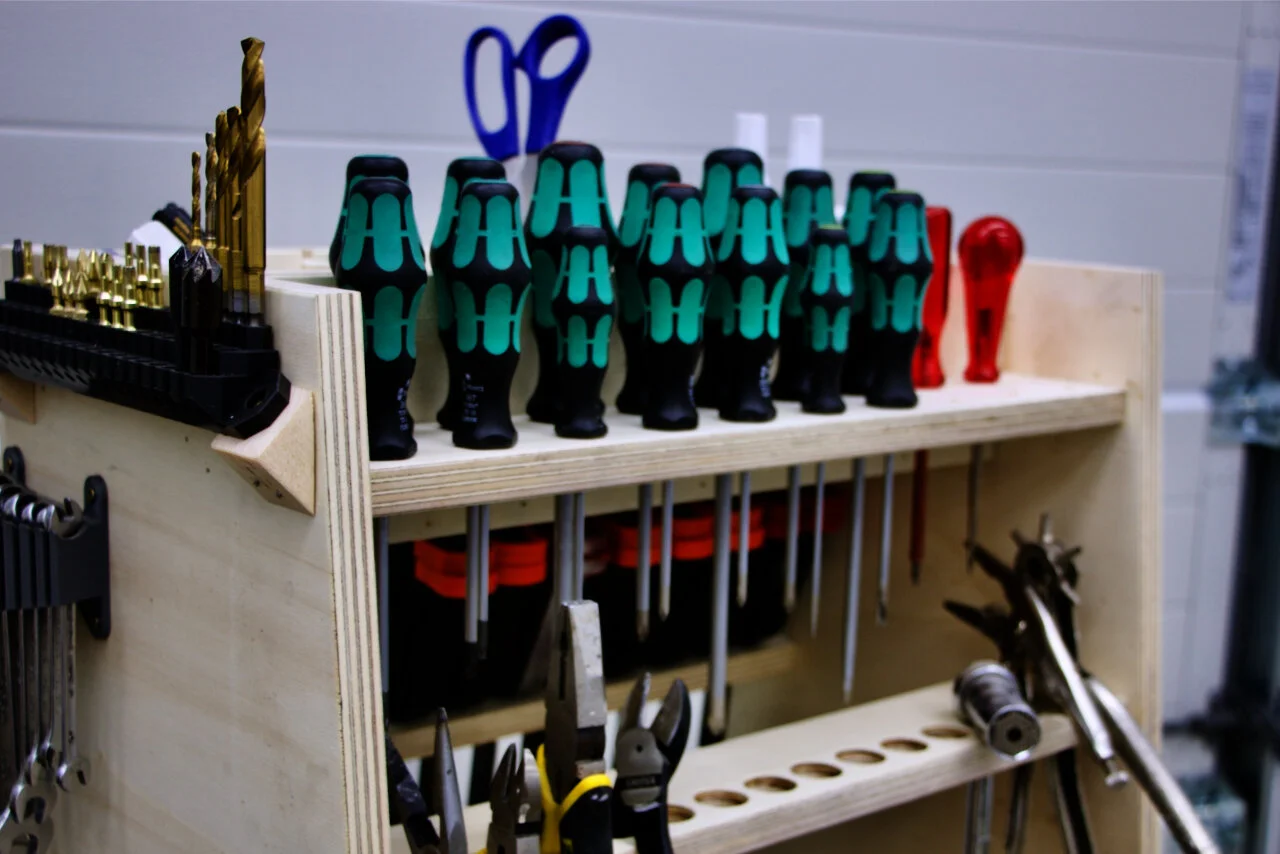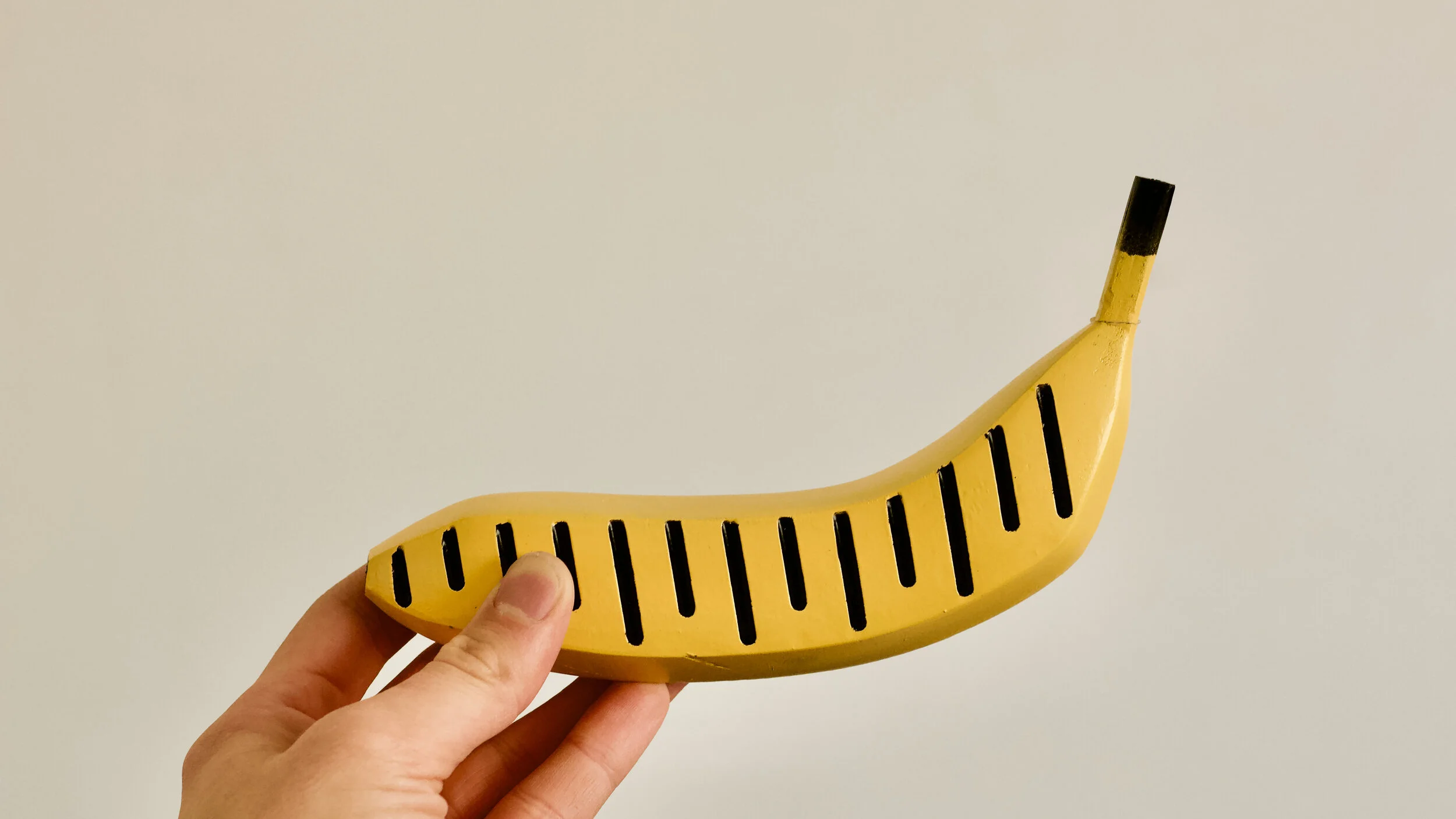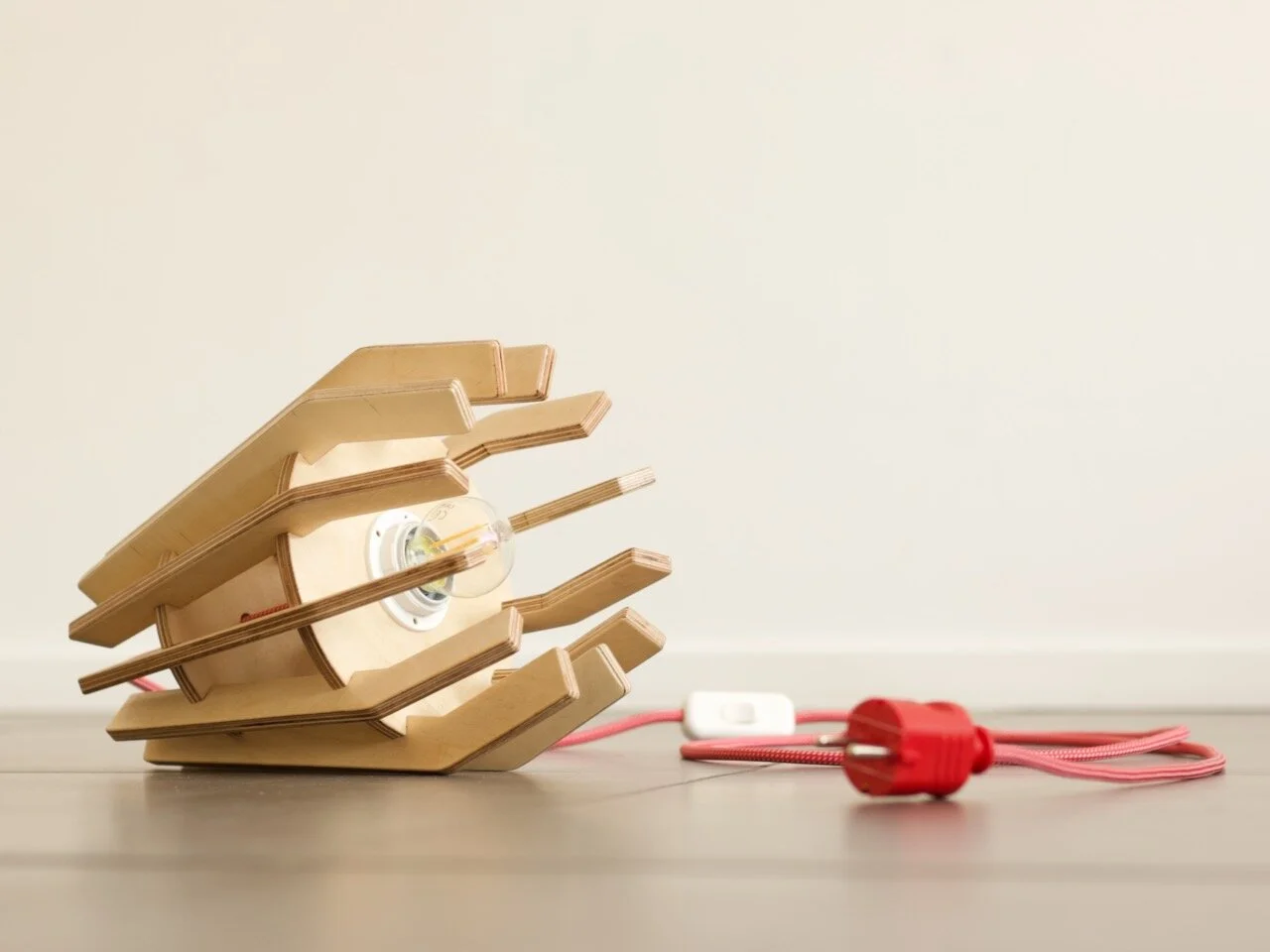In this four part mini series I show how to make a tabletop pinball machine with a digital scoring system and electrically controlled flippers. The goal is to learn more about pinball machines and to have a cool pinball machine to use at home. To keep it interesting I decided not to buy existing mechanisms from and for pinball machines such as a standard flipper mechanism or a standard launcher.
The mini series contains of four parts:
Making the cabinet & decals
Designing a flipper mechanism with solenoids & launcher
Building the game | Designing the playing field
Making a digital scoring system & Build roundup
Making the cabinet & decals
The cabinet is made mainly from plywood connected with aluminum corner brackets. This gives a really sturdy cabinet ready to build the rest of the pinball machine in and around. To get a cool pinball machine / arcade look I made some templates of the panels and ordered large stickers as decal. The real finished look came when I added the yellow edge trim.
Making the flippers and launcher mechanism
In this video I’m prototyping the mechanism for the solenoid powered flippers. I wanted to have the flippers controlled just like the ones in the large pinball machines but I didn’t want to buy a standard mechanism. What’s the fun in that?
At first the springs I used were way to strong, this caused a lot of friction on the flipper and the solenoid couldn’t fire it anymore. But after trying a couple of different configurations with the solenoid and the return spring I found out that the spring doesn’t need to be strong at all. I came up a relatively simple mechanism where the solenoid can control the flipper and the spring moves it back.
I’m also making a launcher for the pinball machine using some springs and a rubber from real pinball machines and the other parts can be found at the hardware store. Instead of making this part on a lathe as it is usually done I wanted it to be made with fairly simple parts to show that there are always other ways to make something.
Anyway: check out the video!
Main tools used
Tracksaw
Bandsaw
Drill (press)
Router
3D printer
Targets, bumpers and slingshots for the playing field
The pinball machine is really starting to get shape now. I made some targets, slingshots and covers for the playing field parts.
At first I wanted active slingshots that really slam the ball away from the rubber but after some experimentation I found out that it is not as easy to make as I thought and that it is not really necessary for a pinball machine of this size. Since it is fairly small the rubber alone also gives the ball a good bounce.
I designed some posts to hold the rubbers in Fusion 360 and 3D printed a whole bunch of them. These posts can be screwed onto the playing field with regular wood screws which makes it really easy to build up the slingshots and other rubbers.
The targets are also 3D printed, they are basically a little square with a score on them that can be slid directly onto the long lever of the switches I’m using. By drilling some holes in the playing field the levers of the switches can stick through it so that the switch is underneath the playing field and the targets just above.
Check out the video below to see the playing field build:
Installing the scoring system and finishing the machine
In this last video of the series I’m installing the display, the scoring system and I’m finishing up the machine by placing the covers and doing the final wiring.
To keep things kinda simple I made the scoring system separate from the electronics that control the flippers. This way the Arduino that runs the scoring has only one task basically. Which is counting the score and showing it on the display.
This project was a lot of fun to build and is even more fun to play.
If you are interested in making a machine like this: I made a highly detailed set of build plans that take you through the process start to finish. Buying this plan does not only help you make a cool pinball machine, it is also a great way of support for me so I can continue to make projects and content like this.
Thanks!







